Fortnite. Roblox. Among Us. Minecraft. If you’re the parent of an elementary-aged kid, chances are you’ve heard of these games. And if your child has played any of them, there’s a reasonable chance they’ve shown a willingness to spend HOURS on these games.
While digital games may have some benefits, it’s important to introduce board games and card games, too.
(Note: This post contains affiliate links. That means if you click on the link and make a purchase, I will get a small commission at no additional cost to you. To learn more about why I use affiliate links, you can read my disclosure policy.)

5 Ways Board Games Help Children’s Development
Board Games Strengthen Social Skills
Board games require face to face social interactions between the players, making them inherently more social than online games. In addition to discussing the game play, kids get an opportunity to read nonverbal cues like facial expressions and body language. Research suggests these opportunities can also strengthen family interactions and promote better communication skills in other contexts.
Board Games Strengthen Coping Skills
When kids experience a loss at a board game or see others lose, they get opportunities to learn what it means to win or lose gracefully. They can develop empathy and learn to take other people’s perspectives. Even within the game, they can begin to analyze what another person is trying to do and consider their reactions to different events. Games provide a low risk way to develop and practice these coping skills in a safe environment.
Board Games Teach Mathematical Thinking and Computation
Games of all levels and types introduce mathematical thinking skills. Dice-based games, for example, can teach basic addition concepts and one-to-one correspondence (counting) as littles move their pieces on a board. Games can teach strategic thinking, problem solving, probability, and logic — especially when a grown-up guides conversation to expose those concepts.
Questions like “What dice roll would be the most helpful for you here? Is that likely or unlikely? Why?” can help guide kids to think more deeply about the math they’re doing without it feeling like math.
Board Games Increase Concentration and Motivation
Kids need opportunities to practice skills like concentrating, planning, and developing short-term memory. Games can be a great way to practice those skills while having fun. Have you ever watched a five-year-old play Jenga, for example? There’s a lot of problem-solving, planning, and coordination that goes into that game, and research suggests that those skills get transferred to other contexts. Furthermore, kids are often more motivated to engage in games rather than other structured learning activities, so finding games that reinforce particular skills can be an excellent way to practice new concepts.
Board Games Introduce Rules and Structures
Games introduce the concept of rules to children in a low-stakes way to model what happens when rules change or get broken. This is an area where board games have a real advantage over digital games. When there’s an algorithm running the game, there’s not really an opportunity to break or alter the rules. But board games provide an opportunity to hypothesize how the game could be different with certain modifications. Such discussions engage kids of all ages in higher level thinking skills and anticipating consequences.
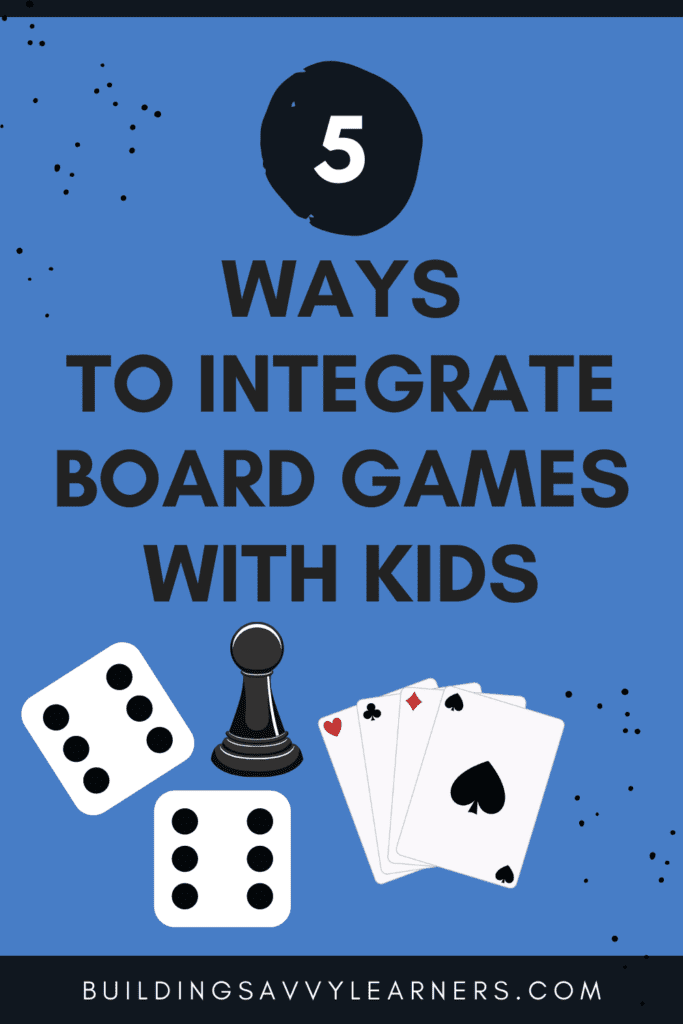
What Families Can Do
There are lots of ways that you can incorporate board games into your family’s routines.
1. Plan Regular Family Game Nights
We try to choose one night each month as a family game night. We’ll order pizza or gather a bunch of snacks, and we turn it into an event that the kids look forward to. We allow each participant to choose one game, starting with the youngest child. That way, if our 5-year-old gets too tired or cranky before everyone’s game gets played, she can take a break or go to bed without feeling left out. Sometimes we’ll create a theme (e.g., new games we haven’t tried before or card games only), but usually it’s a fun free-for-all.
2. Find Ways to Level the Playing Field
When starting out, it’s important to find games that level the playing field. With very minor coaching, my five-year-old often beats us all at games of chance like Sorry and Yahtzee. But she’s not yet ready to handle games with more strategy like my ten-year-old’s favorite, Trekking the World. We try to choose games where they can be successful without requiring us to let them win.
Sometimes rule modifications can help with this, too. When my kindergartener and I play “I Sea 10!” (a game of collecting pairs of fish that add up to 10), we play with a rule that drawing a shark card means that I lose ALL my pairs of fish. But she only loses one pair if she draws that card.
Experiment with tweaks to make the game more accessible to younger players.
3. Incorporate Pocket-Sized Games as Time Fillers
In the before-Covid times, we’d occasionally take the girls to restaurants. I always carry one or two small games in my purse, so we could fill the time between ordering and waiting for our food with something that didn’t need much set-up or take-down time. This was an easy way to keep them occupied while creating a family activity.
I tried to choose games that were more open-ended so that we could say the game was over when the food arrived. A couple good options for this are The 24 Game where players get 4 numbers and have to use the numbers to build an equation equal to 24. There are lots of variations and levels available for this game, so it’s a good starting game.
A similar game is Adsumudi. In this game, players have a target number along with 5 other numbers to use as building blocks. You can use anywhere from 2 to all 5 numbers to build an equation equalling the target number. I like this one because there are many possible solutions at varying levels of complexity, so even our kindergartener can take part.
4. Preview Games Online
Games have taken on renewed popularity with the pandemic. While some sites like BoardGameGeek have existed for a while, many new YouTube channels have popped up to preview games for anyone interested. If you’re unsure whether a game will be a good fit, consider searching on YouTube.
I’ll also be offering more in-depth game reviews from time to time on this blog.
5. Explore Different Genres
When you try a new game, ask your kids about what they like or dislike about it. That way, you can find similar games to add to your collection. Or look for something completely different to develop new skills. I personally hate Monopoly because the game’s outcome seems to get decided by the first few turns, but I have friends who love that game. But I LOVE cooperative board games like Pandemic and deck-building games like Dominion. But my favorite games are cooperative deck-building games like Marvel’s Legendary. There are so many options available out there, even people who don’t think of themselves as game-people should be able to find something.
And since some games are big investments, always check with friends or family members. They might be willing to swap games or loan a copy for a weekend before you buy your own.
In the Classroom
Incorporate a variety of quick card games or board games during instruction. Make them available during indoor recess or any choice times. Then share recommendations for board games with your students’ parents. Here are some favorites of mine for both in-class and at-home use:
For Littles (K-2):
- Sum Swamp – a game for up to 4 players where students practice basic addition and subtraction skills and classifying numbers as odd or even to move along a path.
- Tiny Polka Dot – a mix and match number deck with over 16 different games to develop basic math skills.
- Blah! Blah! Blah! – an Uno-like card game where students match letters or phonemes instead of colors or numbers. Has multiple levels to accommodate beginning readers.
For Older Kids (3-5):
- The 24 Game – students use four given numbers to build an equation using addition, subtraction, multiplication, and/or division to equal 24. I’ve played this with the whole class and in small groups.
- Proof – Students work to connect 3 or more cards from a grid of 9 cards by building equations. Great for mental math skills. Use as a warm-up (whole class) or in small groups.
- Bananagrams – Students race to use scrabble-like letter tiles to build crossword-style connected words.
What are some of your child’s favorite games to play at home or school?
Please share in the comments or connect with me on social media.
Additional Resources (The Research)
Bayeck, R. Y. (2020). Examining Board Gameplay and Learning: A Multidisciplinary Review of Recent Research. Simulation & Gaming, 51(4), 411–431. https://doi.org/10.1177/1046878119901286
Noda, S., Shirotsuki, K. & Nakao, M. (2019). The effectiveness of intervention with board games: a systematic review. *BioPsychoSocial Med 13(*22). https://doi.org/10.1186/s13030-019-0164-1
Rogerson, M. J., & Gibbs, M. (2018). Finding Time for Tabletop: Board Game Play and Parenting. Games and Culture, 13(3), 280–300. https://doi.org/10.1177/1555412016656324



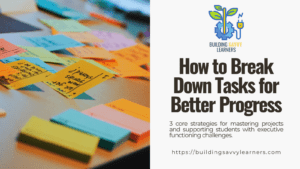
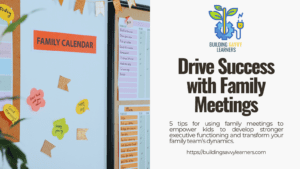
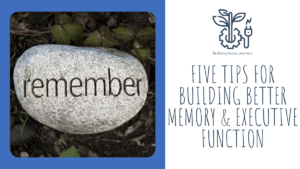
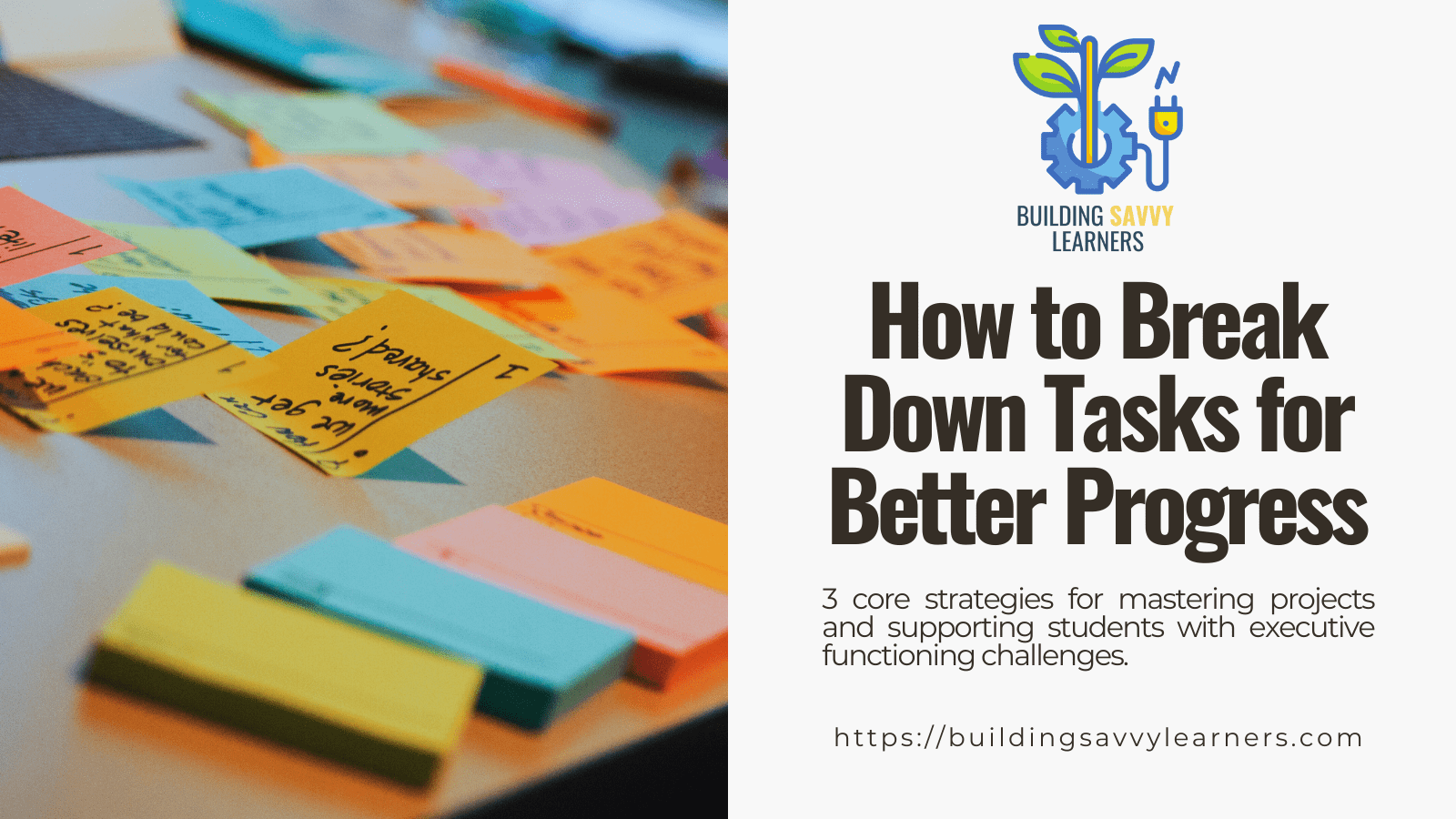



3 Responses
We love playing Sushi Go as a family. It’s a quick fun card game and travels well in a small case. It’s a nice filler activity that only takes about 20 minutes to play. Math Bingo has also been a fun way to lean into early addition and subtraction.
We have also had luck finding some unique single player games that my kid loves at a local game store – Invasion of the Cow Snatchers is her favorite!
Sushi Go is a hit here, too! I actually got a second copy of it to keep in my classroom for indoor recess, and it was really popular. I haven’t heard of Invasion of the Cow Snatchers — I’m looking that up now. Thanks for the tip!
I find that games with humor engage our youngest the best. When she was a reluctant reader early on, she would always read the hilarious text on fun card games like LLamas Unleashed.